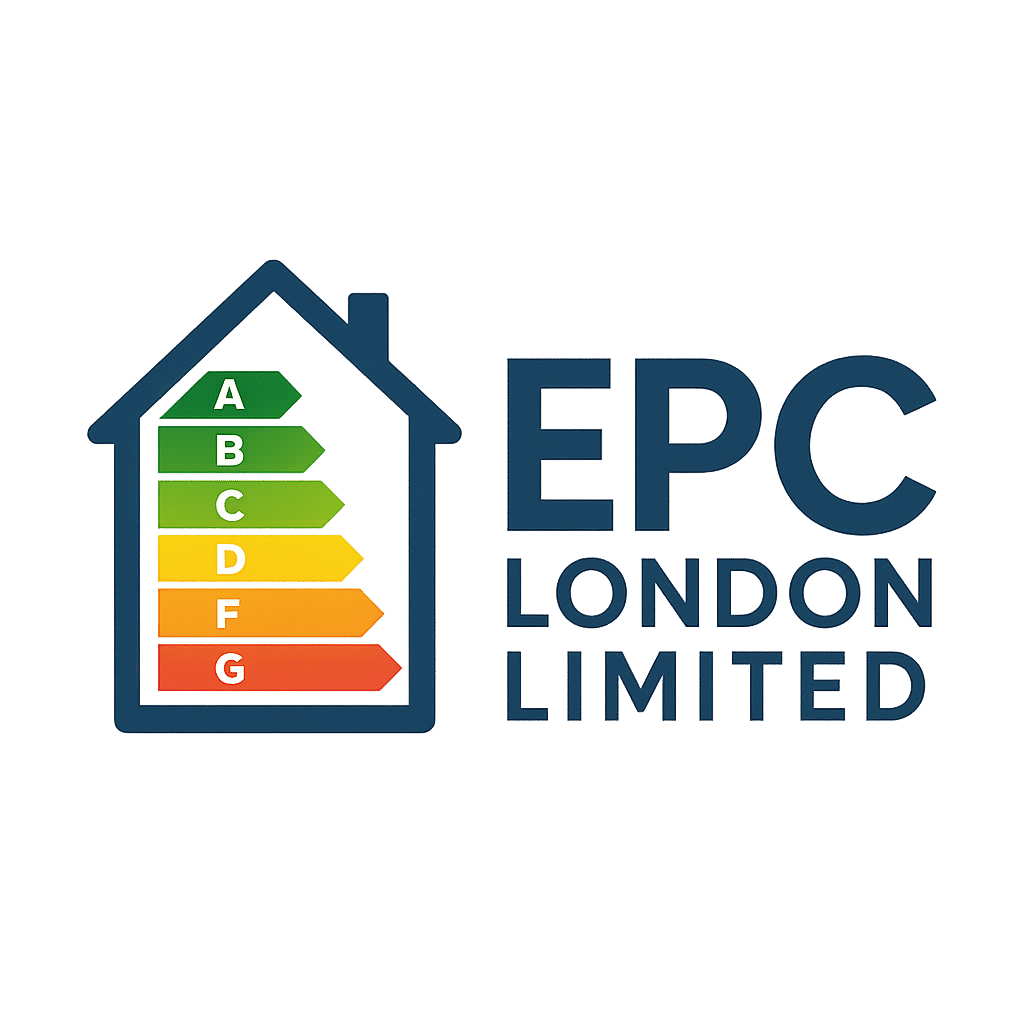Historic buildings often have unique construction materials and architectural features that make standard energy efficiency assessments challenging. When renovating or restoring these properties, builders sometimes use replica thermal materials—modern materials designed to mimic the appearance of traditional masonry, timber, or stone while providing better insulation.
EPCs (Energy Performance Certificates) rate a building’s energy efficiency from A (most efficient) to G (least efficient). Standard EPC calculations rely on known thermal properties of materials. Using replica thermal materials in historic buildings introduces complexities in modelling, assessment, and rating.
Key Challenges
Unverified Thermal Properties
Replica materials may not have standardized thermal data in EPC software databases.
EPC assessors must either estimate or test the thermal conductivity and U-values, which can affect rating accuracy.
Maintaining Historic Aesthetics vs. Efficiency
Replica materials are often chosen to preserve the building’s visual character.
Balancing appearance and insulation may lead to compromises in energy performance that EPC models must account for.
Non-Standard Construction Methods
Historic buildings often have irregular walls, floors, and roof assemblies.
EPC software assumes standardized dimensions and materials, making it difficult to model heat loss accurately.
Potential Over- or Underestimation
Without precise material data, EPC ratings may underestimate energy efficiency if replica materials perform better than assumed, or overestimate if worse.
Practical Implications
Historic properties using replica thermal materials may receive conservative EPC ratings.
Accurate assessments require detailed documentation from material manufacturers and installers.
EPC assessors may also consider on-site measurements or thermal imaging to improve rating reliability.
Recommendations for Property Owners
Provide manufacturer specifications for all replica thermal materials.
Document installation methods and wall/roof assembly details.
Consider advanced assessments for historic properties with non-standard constructions.
Use professional EPC services such as Residential EPC or Same-Day EPC.
Check Pricing Plans and Contact Us for tailored EPC guidance.
Conclusion
Historic properties with replica thermal materials pose challenges for EPC modelling due to non-standard materials and construction methods. With proper documentation, manufacturer data, and experienced EPC assessors, property owners can achieve ratings that better reflect the building’s true energy efficiency, while preserving its historic character.





